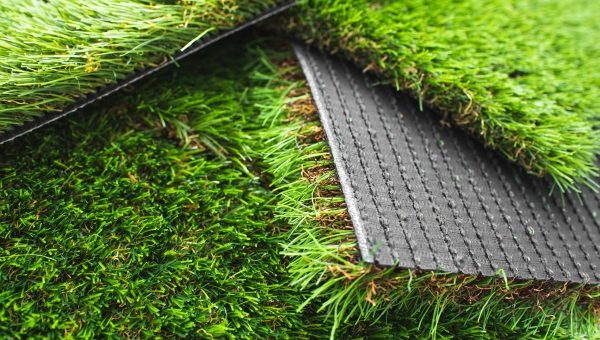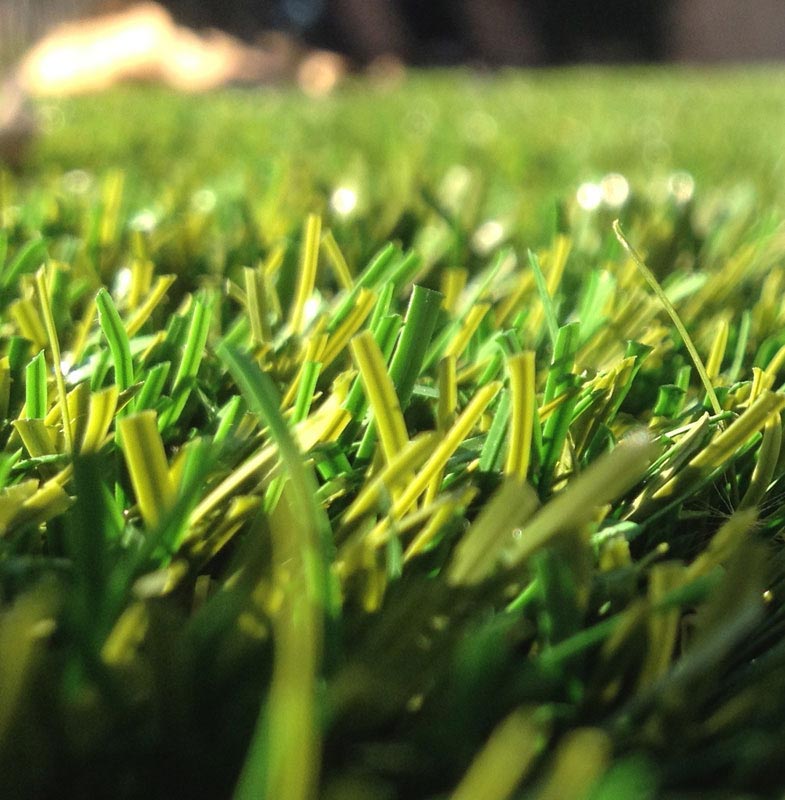Discover the Best Artificial Turf Companies Phoenix for Your House or Business
Discover the Best Artificial Turf Companies Phoenix for Your House or Business
Blog Article
Delve Into the Environmental Perks of Opting for Artificial Grass Solutions
The adoption of synthetic turf remedies provides an engaging opportunity to attend to pressing ecological obstacles. By dramatically lowering water use and decreasing the application of harmful chemicals, these alternatives not only promote sustainable landscape design but also shield local ecosystems.
Water Preservation Benefits
Among one of the most substantial advantages of synthetic grass is its capability to preserve water. Traditional grass yards call for substantial irrigation, particularly in locations vulnerable to drought or water limitations. In comparison, synthetic grass does not require watering, dramatically lowering the total demand for water sources. This attribute is particularly valuable in deserts where water scarcity is a pushing concern.
By removing the requirement for normal watering, synthetic grass adds to lasting landscape practices and assists alleviate the ecological impact of excessive water intake. The preservation of water expands to the decrease of runoff, which can lead to soil disintegration and river contamination.
Additionally, the setup of man-made turf enables homeowners and communities to assign water sources much more successfully, concentrating on important usages such as drinking water and agriculture. The change towards synthetic turf not just promotes liable water use however additionally lines up with broader ecological goals aimed at maintaining natural deposits.
As communities significantly focus on sustainability, the water conservation advantages of synthetic lawn provide an engaging situation for its adoption in residential and industrial landscaping tasks.
Lowered Chemical Use
The shift to artificial lawn significantly decreases the dependence on chemical treatments typically made use of in natural grass maintenance. Conventional turf management normally involves the application of fertilizers, chemicals, and herbicides to advertise growth and control pests. These chemicals can present dangers to human wellness, neighborhood wild animals, and the setting, adding to soil and water contamination.
On the other hand, artificial lawn gets rid of the requirement for these dangerous materials. When set up, it requires minimal upkeep, largely being composed of regular cleaning and infrequent infill replenishment. This decrease in chemical use not just profits the instant environment yet also adds to more comprehensive ecological security. By lessening the launch of synthetic substances right into the ecosystem, fabricated turf advertises much healthier soil and water systems.
In addition, the absence of chemical drainage related to synthetic turf installations helps shield regional waterways from contamination, sustaining water life and maintaining biodiversity. Turf installation phoenix az. As communities significantly prioritize lasting practices, selecting synthetic grass offers a viable service that lines up with ecological conservation objectives. Through this shift, homeowner can take pleasure in lush eco-friendly areas without jeopardizing ecological health, leading the way for a much more sustainable future
Lower Carbon Footprint

Furthermore, the installment of synthetic grass can lead to significant water conservation. All-natural lawns require considerable amounts of water for irrigation, which not only contributes to the carbon impact related to water removal and treatment yet additionally strains local water resources. On the other hand, synthetic grass requires marginal upkeep, calling for no watering, therefore considerably minimizing water use and its associated power expenses.
In addition, the durability of synthetic grass adds to its decreased carbon effect. With a life-span of approximately 15 years or more, the demand for frequent replacements is diminished, leading to less waste and lower energy intake in production and dealing with standard grass alternatives. Overall, synthetic grass presents a lasting alternative for ecologically conscious landscape design.
Habitat Preservation
Habitat preservation is a critical factor to consider in the dispute over landscape design selections, specifically when contrasting fabricated turf to all-natural grass. All-natural lawn lawns commonly require comprehensive maintenance, including using fertilizers, pesticides, and herbicides, which can adversely influence check here local ecological communities. These chemicals can seep right into the dirt and waterways, hurting native flora and fauna and interfering with regional habitats.
Synthetic lawn gets rid of the need for harmful chemicals, thus securing neighboring wild animals and maintaining the integrity of surrounding environments. The installment of fabricated grass can lead to the conversion of former lawn locations right into more biodiverse landscapes, such as pollinator gardens or native plant locations, which can support regional wild animals.
Inevitably, the change to synthetic grass not just preserves water and lowers maintenance efforts however likewise fosters a more unified relationship in between human activities and the natural surroundings, advertising habitat conservation in the process.
Long-Term Sustainability
Long-term sustainability is an essential element in assessing the advantages of synthetic grass over typical grass yards. Among one of the most substantial benefits of synthetic turf is its durability; it can last approximately 15-20 years with very little upkeep, whereas all-natural turf needs frequent reseeding and substitute. This longevity lowers the requirement for continuous sources, such as water, fertilizers, and chemicals, which are necessary for preserving a healthy and balanced yard yard.
In addition, man-made grass adds to a decrease in carbon exhausts related to lawn care equipment. Traditional lawns commonly need gas-powered mowers, trimmers, and blowers, every one of which add to air contamination. Arizona turf. On the other hand, synthetic grass eliminates the need for such tools, promoting a cleaner setting
Furthermore, the manufacturing of synthetic lawn progressively utilizes recycled products, enhancing its sustainability account. As suppliers take on eco-friendly methods, the ecological footprint of artificial lawn remains to decrease.

Verdict
The adoption of artificial turf services presents significant environmental benefits, including significant water preservation, lowered dependence on dangerous chemicals, and a reduced carbon impact. Artificial lawn aids in preserving all-natural environments by decreasing land disruption and promoting long-lasting sustainability via the use of long lasting materials. Jointly, i loved this these elements underscore the possibility of synthetic grass to contribute positively to environmental health and offer a practical alternative to typical landscape design methods in a progressively resource-conscious world.
In contrast, artificial turf does not require watering, dramatically decreasing the general demand for water sources. By lessening the release of artificial substances right into the ecosystem, synthetic grass advertises healthier dirt and water systems.
Additionally, the installation of artificial lawn can result in significant water conservation. In comparison, fabricated turf needs minimal maintenance, needing no watering, consequently considerably reducing water use and its linked energy prices.

Report this page